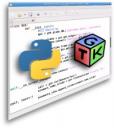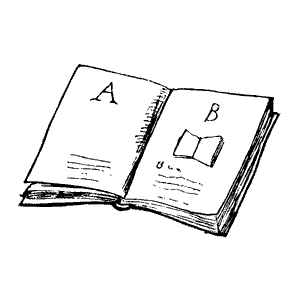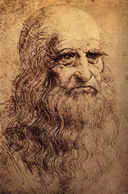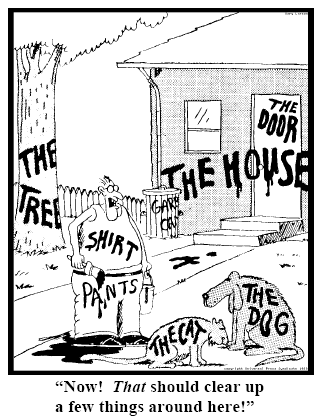 This is my first post after being added to the planet.gnome.org feed, so, thanks to Jeff Waugh for it and to Alberto Ruiz for putting his hackergotchi skills to my service! :).
This is my first post after being added to the planet.gnome.org feed, so, thanks to Jeff Waugh for it and to Alberto Ruiz for putting his hackergotchi skills to my service! :).
For those that don’t use to hang on the #pygtk IRC channel, I’ll briefly introduce myself.
My GNOME related activities are mainly tied to the PyGTK project the Python bindings to GTK+, working mostly on keeping the site up-to-date, and give some help on IRC, besides contributing translations and documentation to the project. Thanks to Johan, Gustavo, Kiko and Finlay for helping to get into it and make PyGTK rock.
Besides that, I’m a young architect living in Madrid which some years ago got deeply in love with free software as a hobbyist programmer who was eager to learn.
As Alberto Ruiz already posted and you may already know, we are trying to refactor a bit the www.pygtk.org website, so as to make it easier to find and navigate its contents and keep a bit more focused.
We’d like to help new contributors to get involved in keeping the project rolling. So these are some of the tasks we’d like to slowly achieve, and, as always, any help is much appreciated:
- Choose the right words for the website key navigational categories.
The key points here, IMHO, are using simple words, avoid technical terms, being descriptive but terse, concise and precise. Suggestions are welcome :).
Ideally, we’d like to simplify it, dividing the information into the ‘Know about PyGTK’, ‘Get PyGTK’, ‘Learn’, ‘Participate’ categories, and finally use them as the four entry points for the site contents, similarly to what the RoR folks are doing.
- Publish the PyGTK FAQ on HTML and PDF formats.
Now that the PyGTK FAQ lives in the gnome.org wiki, we’d like to have scripts to fetch those contents and generate static HTML and PDF versions from them. It would serve also as a backup measure.
It’s already possible to get a docbook version from MoinMoin pages, and a docbook to HTML and PDF is already in place for the PyGTK reference and PyGTK tutorial, but it has not been tested for this purpose, and we still miss a (python) script to fetch the FAQ pages and drive the static HTML and PDF generation.
- Get a small screenshot (200x150px) for each of the apps in the PyGTK application list.
This is all about writing GUI apps, but we still don’t show what they look like!.
- Take screenshots for our the introductory pages.
Besides explaining what PyGTK can do, we should show an attractive bunch of PyGTK apps running on various platforms (win32, OSX and other less common platform screenshots are specially welcome), as being multiplatform, the easy to take language and powerful toolkit are PyGTK’s strong points.
- Build and document how to create pygtk installers for the win32 platform
Most people using the website to get PyGTK are using that platform, as ,on GNU/Linux, distros do a great job and interpreted or compiled languages are equally hard to install, but the problem gets harder on platforms without a sensible packaging system that almost exclusively rely on unmanaged installation of disperse binaries. An this last is what Woe32, as the gettext crew calls it, is doing.
Alberto is doing a incredibly great and superb job to achieve easy distribution of PyGTK (and GTK+) apps, but further help would be very welcome. Work out a gtk+pygtk+py2exe toolchain is something that could be interestng.
- Write/collect PyGTK articles to cover all skill levels.
IMHO, we excel in covering basic and advanced skills, but we lack intermediate level documentation. There’s not too much information about application design patterns, model/presentation decoupling, how to write custom widgets or extending GTK+/Gnome using PyGTK… Probably these are hard to explain, as they’re not very detailed or very general concepts, but a mix of subtle criteria and making it all fit, but we shouldn’t avoid trying to get them explained. Some of the articles in the Gnome Journal were great in that respect, and the applications list tries to fill this gap showing examples that may help understand how other programmers do it.
If you feel like giving a shot to any of these, just show up on the #pygtk IRC channel on gimpnet and introduce yourself :).
 Here’s an interesting cite dealing with how to argue constructively. These words are attributed to the mathematical psychologist Anatol Rapoport and I discovered them thanks to the brilliant Bryan O’Sullivan blog, of Mercurial fame:
Here’s an interesting cite dealing with how to argue constructively. These words are attributed to the mathematical psychologist Anatol Rapoport and I discovered them thanks to the brilliant Bryan O’Sullivan blog, of Mercurial fame:
 This should be great news. For everyone’s good, the
This should be great news. For everyone’s good, the  Woohoo! I received this mail some days ago:
Woohoo! I received this mail some days ago: It’s quite common to find myself searching the web for HTML entity names when writing webpages. They’re very useful to avoid encoding problems with those symbols that don’t fit belong to those defined with ASCII codes.
It’s quite common to find myself searching the web for HTML entity names when writing webpages. They’re very useful to avoid encoding problems with those symbols that don’t fit belong to those defined with ASCII codes.
